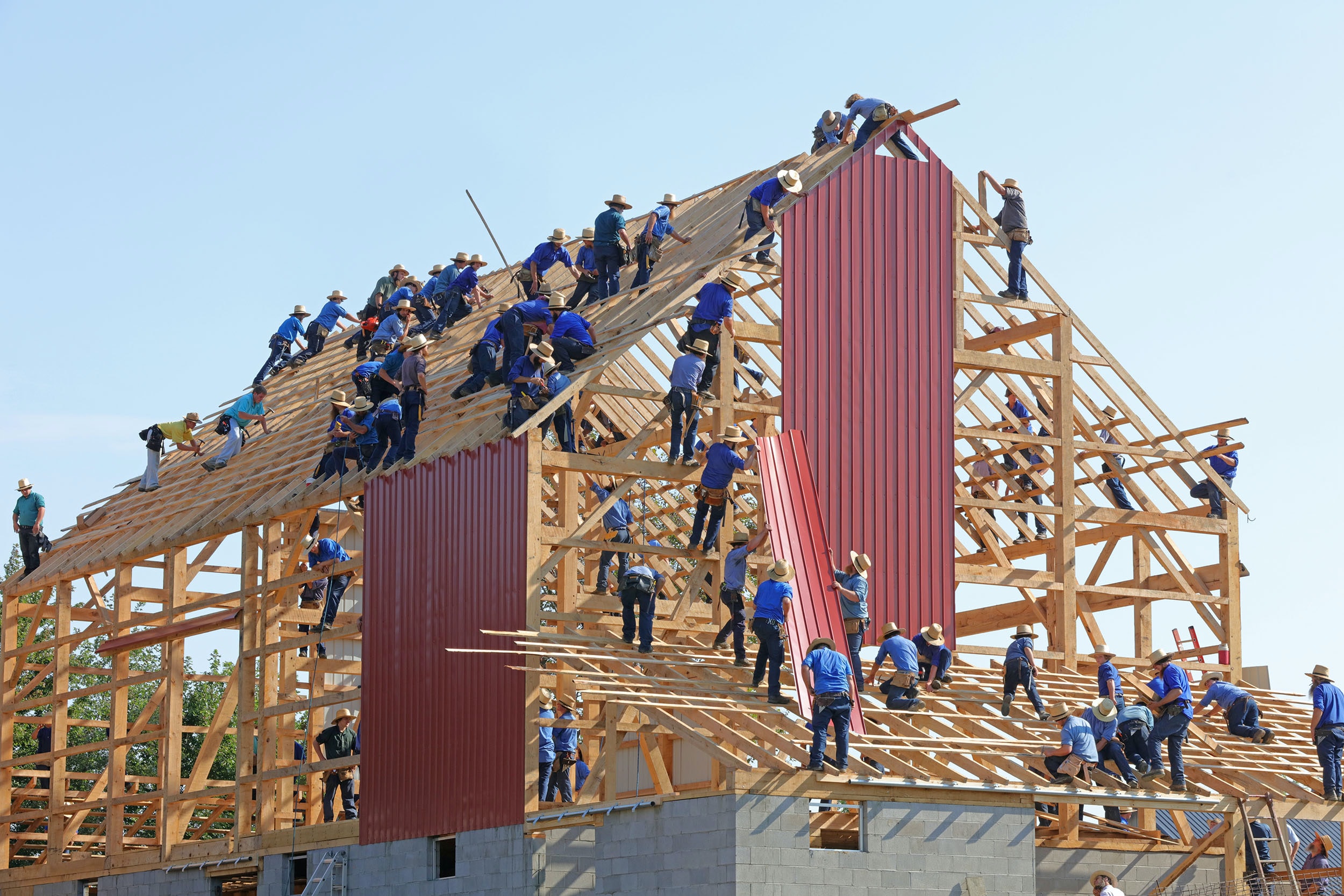Saving Agile
As year’s end approaches, it’s natural to get a little reflective. This year my attention goes to the current view of Agile.
At this point a great many would agree that Agile ways of working, being better aligned to today’s knowledge-based industries, economy and technology, enable greater survivability.
Of course ways of working have changed before, in sync with technology revolutions. Is this one so different?
Well… yes and no.
The first reason this one might be different has to do with its core characteristics. Starting with those showing up in XP, Scrum, and the Agile Manifesto, Agile has accrued additional attributions, including connections to breakthrough ideas on leadership, purpose, growth mindsets, discipline, creativity, teamwork and personal mastery. That’s a long list. And whether or not all these characteristics are included in any “official” view of Agile, they have all come to be viewed as part of it by a great many people.
Interestingly these are all characteristics that are also broadly viewed as inherently good, representative of what is best in humanity. What Agile has brought about on a global scale is the realization that when these characteristics are skillfully freed to manifest themselves in work, tremendous gains in production and morale can accrue.
That’s obvious you say. Perhaps. But apparently it wasn’t so obvious in the age of mass production and certainly not in the industrial age. Deming and many before him may have promoted these work characteristics, but not until now though have they been validated on a wide scale as not just inherently desirable but as keys to productivity and survivability among groups.
For many an agilest, such humanistic characteristics represent the core of what Agile is. Consequently, seeing Agile rejected, or failing from misapplication, can be a much more gut-wrenching experience than seeing a new organization structure not work out, or a new set of techniques simply not produce results. To the Agilist, it’s literally asserting that being a great human being doesn’t really move the dial in the real world. The rejuvenation that some felt on discovering and applying Agile principles dims and the future fades to that degree.
That’s one difference with this new way of working. It strikes very close to home.
And it leads us to the second difference, which is really a corollary of the first.
Agile is partially susceptible to being faked. The mass production lines and the hierarchy charts of Taylorism – well, you were either doing that or you weren’t. It was right there to be seen. In Agile all the rituals can be on display, all the lingo in play, yet value delivery, innovation, and operational pace can remain slow. For a confirmed agilist, this scenario can be much more scary than the first one.
That’s partly because it might be the precursor to a dramatic vote of no confidence. But having it declared a success can be even worse. When sprinting developers are surrounded by traditional budget, planning, and requirements processes on one side, and onerous, slow release processes on the other; when end-to-end transparency, speed, and adaptability remain low, along with competence; and when there is an implicit assumption that “I guess we’re agile now,” that’s when real darkness can begin to settle upon the true agilist.
Because this is how Agile could die. There could be congratulations all around on targets met while a few look around and see that Agile seems to have left the room, if it ever even showed up.
Is Agile truly at risk then of being overrun by spin and lost in the noise of self-serving celebrations? To say it can’t happen would be naïve. Just look at the Dark Ages, the incredible accomplishments of now lost civilizations. Some might say that is blowing the picture up way too big; nonetheless progress is not magically inevitable.
But before we begin talking about “Saving Agile” we should be a little more clear about what we presume to be saving. It’s notable that several signers to the Agile Manifesto apparently have since regretted branding it with the name “Agile” or any name at all, since what they described was, they thought, just how work naturally should be done. Branding actually devaluated it.
That view actually aligns with the characteristics we highlighted. Nothing new about those except – importantly – integrating and facilitating them with some practices and tools that unleash and supercharge their inherent power.
So at the very least “saving” here would include being true to these characteristics that we have self-selected as a group.
Another trap to avoid before mounting our horse and launching our crusade, is to think that Agile is, finally, the answer to happiness we have been looking for all this time, the single great “solver.” Whether intended or not, that viewpoint leaves us susceptible to relying on belief without hard work.
Some humility is in order. The workaday world, life, can be tough. It requires discipline, hard work, continued learning, and respect for and collaboration with others. And as luck would have it– we’re back to some more characteristics that we somehow foresaw to shove into our Agile bag.
It begins to seem that taking on this mantle of “saving Agile”, if we had such a notion, would then amount to a large degree embracing some foundational work and social views that great philosophers have been reintroducing and reminding us of for millenia now – tuned with some application to adaptability and value delivery in the digital age.
This is good news. It means we are in many ways on a demanding but familiar mainline, driven by truths we share but that can, sadly, fall from use. And it means that whether or not we presume to be “saving Agile”, that this is a good path to pursue. It also gives credence to the notion that in the long game those who hold to these principles, are disciplined, work hard, learn how to apply them in context of innovation and have a touch of brilliance, will be the survivors, and that they will bring others along. Evidence Tesla. Though maligned by some, they are innovating at a speed and scale beyond anything else on the scene. And at the top is a leader who inspires loyalty by many through his clear purpose and transparency.
My conclusion is that these core characteristics, including the hard work part, are no small part of what will see us through.
So why not start there? We can each one of us make or refresh our game plans accordingly for the coming year. What principles, behaviors and values do we hold true? Which ones do we want to emphasize in the coming year, which ones could use re-enforcement? How do they inform the path to goals we’ve set and whether those goals are correct or big enough? How will we grow in the coming year? What constraints do we need to manage and which have we come to assume and carry without inspection?
If we were to do that then, should anyone ask, we could say, “Yes, I’m saving Agile, starting with myself.” But really we will have cast off that abstract be simply doing the best job of living that we can, for ourselves and others.
That is my good news for this Holiday Season. “Agile” is absolutely alive and well, in each of us, and with relentless learning, discipline, contribution and purpose remain the immutable path to a better future for us individually and as a group.
Here’s to a joyous Holiday Season and a year of unbridled successes for you and all of your colleagues.




